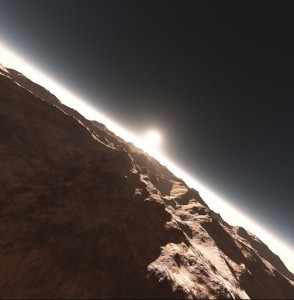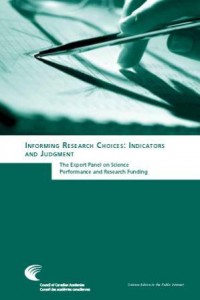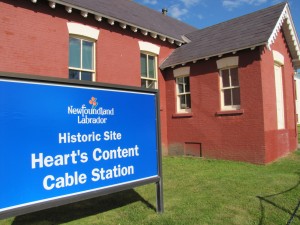Who knew? As a scientist in the field of physics, you have the chance to be awarded the most lucrative academic prize in the world. Nine physicists became multimillionaires after Yuri Milner, a billionaire who made his fortune investing in Internet companies like Facebook and Groupon after quitting his PhD in physics, and then established the Fundamental Physics Prize, dropped $3 million into their bank accounts. The prize is larger than the Nobel Prize, which is currently $1.2 million, split among 2 or 3 people and differs from the Nobel Prize in crucial ways. The Fundamental Physics Prize can go to younger scientists who are still in the experimental stage of their research. The nomination and voting process is also different, with anyone being able to nominate a winner online and the selection panel is public. Milner hopes that the significant size of the prize will shine a spotlight on fundamental physics and drive home the importance of the field. To read more about Yuri Milner, the Fundamental Physics Prize and its recipients, check out this article in The Guardian.
Image from The New York Times







